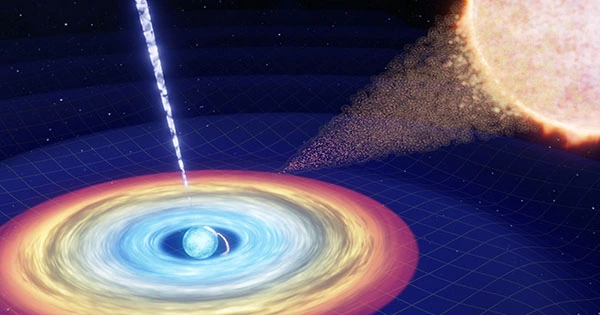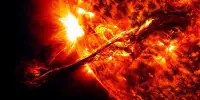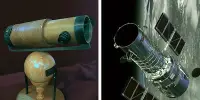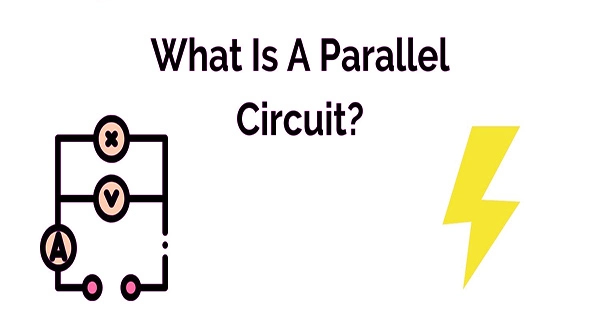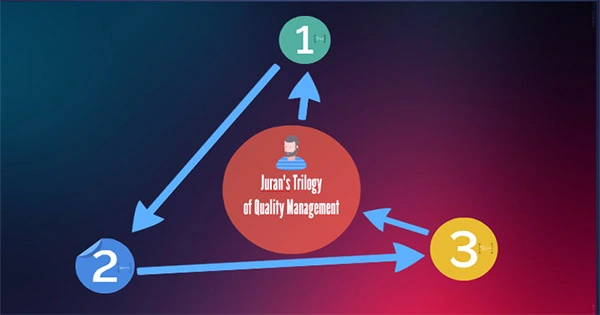It thought that there a vibration – a low-frequency hum – that spans all of space and time, caused by gravitational waves released by some of the most powerful black holes, or from what happened shortly after the Big Bang. It is known as the gravitational wave background and it appears that a tentative detection of this signal has finally occurred. Because these gravitational waves are on a light-year scale, the background is too feeble to detect with our present gravitational wave telescopes. As a result, astronomers must be resourceful. For this mission, the universe has equipped them with extraordinary “clocks”: millisecond pulsars.
These objects are powerful versions of neutron stars, which are the byproducts of some supernovae. Pulsars are neutron stars that generate radiation beams as they rotate, and if you look at them in the appropriate direction, they can resemble a lighthouse. Millisecond pulsars revolve hundreds of times per second and have a consistent rotation over a long period, making them accurate clocks. The timing of these pulses will slightly alter if gravitational waves pass between the pulsars, and us, which is what the researchers were looking for.
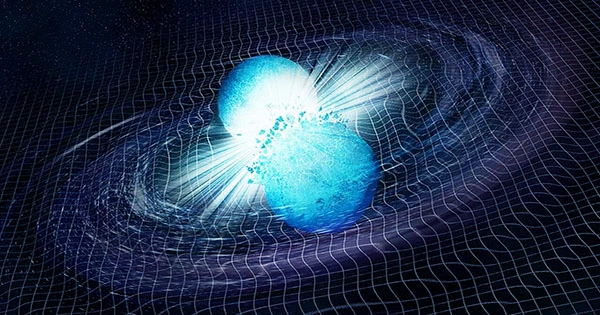
The second data release of the International Pulsar Timing Array (IPTA) was released, combining three data sets from the European Pulsar Timing Array (EPTA), the North American Nanohertz Observatory for Gravitational Waves (NANOGrav), and the Parkes Pulsar Timing Array in Australia (PPTA). The signal appears to be consistent with the gravitational wave background, according to Monthly Notices of the Royal Astronomical Society. However, at this time, the research cannot guarantee that this is what is seen and not something else, such as a different cause or unaccounted-for modeling errors.
“This is a thrilling signal!” Dr. Siyuan Chen, a member of the EPTA and NANOGrav, and the head of the IPTA DR2 search and publication claimed in a statement “we may be beginning to detect a background of gravitational waves,” despite the lack of definitive evidence. Spatial correlations between pulsar couples would be a major discovery. If this background exists, pulsar signals should react in predictable ways based on their location in space. To do so, more pulsars and longer data collecting are required. Larger data sets should suffice in most cases.
The data sets will grow thanks to data from the MeerKAT radio observatory and the Indian Pulsar Timing Array (InPTA), which recently joined IPTA, and the researchers are sure that they will be able to verify that this is the gravitational wave background. “A signal like that detected in the IPTA DR2 would be the first evidence of a gravitational wave background.” The signal will become more important as more data is collected, and spatial correlations will emerge, indicating that it is a gravitational wave background.
“We are really excited to contribute several years of new data to the IPTA for the first time in order to aid in the discovery of gravitational waves,” said Dr. Bhal Chandra Joshi, a member of the InPTA. The ability to measure this signal has the potential to revolutionize our understanding of the Universe. It has the ability to investigate some of the most severe occurrences in the universe’s history.
“Detecting gravitational waves from a population of massive black hole binaries or from another cosmic source will provide us with unprecedented insights into galaxies form and grow, as well as cosmological processes taking place in the infant universe,” said Professor Alberto Vecchio, Director of the Institute for Gravitational Wave Astronomy at the University of Birmingham and member of the EPTA. “To achieve this goal, a huge worldwide effort of the scale of IPTA is required, and the next several years could usher in a golden age for these cosmic studies.”
